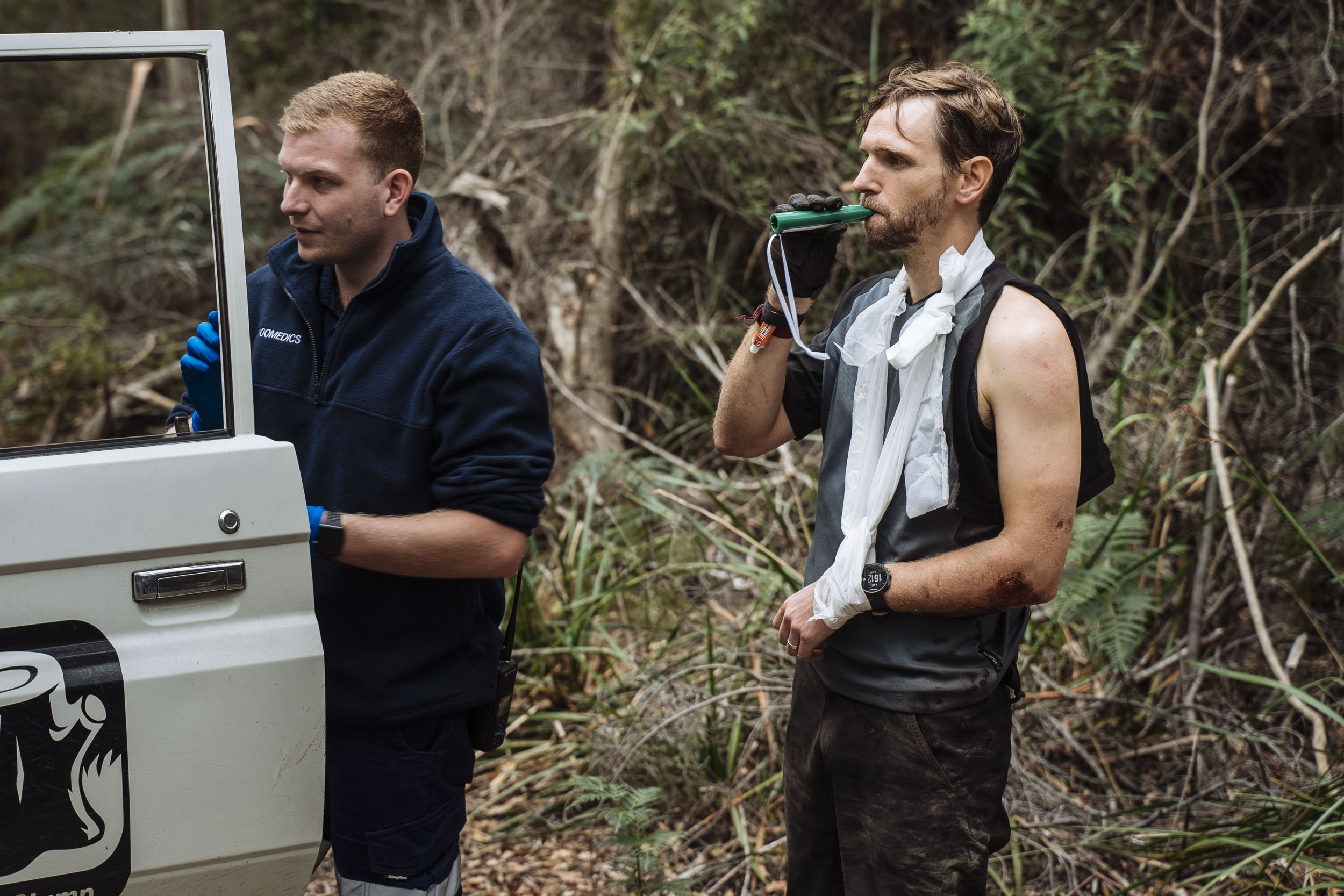More than 2000 enduro riders helped to finally check the facts, regarding injury risk and enduro racing.
Arguably the most comprehensive recent study into mountain bike related injuries, has delivered some unusual findings.
Initiated in 2017, the study was a collaboration between the Enduro World Series (EWS) and Edinburgh Napier University, with academic guidance by Dr Debbie Palmer.
Ready more: how to ride safer and better
Enduro safer than XC?
Unlike smaller studies into mountain bike injuries, the sample group for this EWS project was vast: tracking the injury profile of 2010 riders. It can claim to represent the truest test case for what a keen amateur trail or enduro rider is exposed to.
One of the most surprising data points was that on a balance of injury, enduro racing is safer than XC. During the EWS events, only 8.9% of participants suffered an injury, much lower than 23.8% in the reference XC racing dataset.
This could be due to the larger and grippier tyres, longer travel suspension and more progressive nature of enduro mountain bike geometry. Dropper seatposts were a rarity on XC racing bikes in the 2016 Olympics, which is the reference event for injury comparison.

Shoulders most at risk
The dominant injury theme within the EWS supported study was shoulder vulnerability. By far the most injuries logged were collarbones and shoulder damage, accounting for 12.8% of all incidents. Hand and head damage tied as the near most frequent injuries (9% each).
An interesting footnote was the UK specific trauma data, which researchers used to balance their conclusions. This is a blend of training rides and racing consequences, which factored to a 25% shoulder injury rate, proving that racing is not the peak risk event for mountain bikers.
Researchers correlated steep and rocky trails with the most damage, quite a logical conclusion for experienced mountain bikers within the extreme trail or enduro riding disciplines.
Although enduro mountain bike racing remains risky, when things do go wrong, the exhaustive EWS research project, has proven that injury frequency is much lower than anticipated.

You are still worse off playing a conventional contact team sport
By comparison, Rugby Union players suffer a higher exposure to serious concussion injuries. For every thousand hours of rugby a player risks three times the concussion prevalence, that an enduro mountain bike would, racing stages totalling similar hours.
Finally peer reviewed and published into the official academic realm of medical research, the EWS assisted data has one very clear recommendation: mountain bike accessory brands need to develop a lightweight and ergonomically comfortable shoulder protection system.




